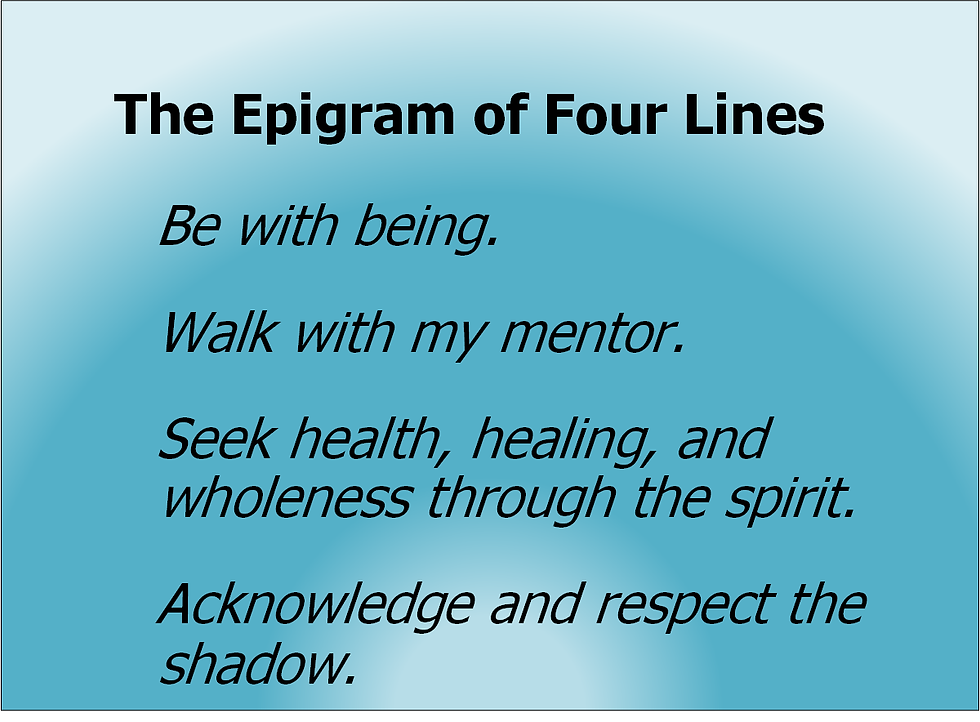Mental Health as a Vision of Ecological Safety | Part 2
- John P. Flynt, PhD
- Oct 31, 2023
- 2 min read
Updated: Nov 10, 2023
Safety in Rituals of Mental Health
Humboldt and the Discovery of Nature
There is mental health, and then there are those who epitomize mental health. Let’s start with Alexander von Humboldt.

You might not know who Alexander von Humboldt was, but without him there probably would be no Yosemite or Yellowstone. Among his devoted readers were the founding figures of conservation and ecological science. Consider John Muir, Nathaniel Langford, and Teddy Roosevelt, for example. Among a multitude of others, there were Henry Thoreau, Charles Darwin, and Ernst Haeckel (who coined the word “ecology”). In their own writings, Darwin and Thoreau consciously imitated Humboldt’s style, as did Haeckel and Muir. As Andrea Wulf has emphasized, Humboldt was the most read and celebrated naturalist of the nineteenth century. It can be said that he taught the world how to communicate about nature as the unifying system of life.
Humboldt was born in 1769 in an area of present-day Germany then known as Prussia. His family was among the Prussian aristocracy, wealthy, and oriented toward public service. His education was superior and focused on “natural sciences” – a general heading for systemic study that included mathematics, geology, chemistry, and physics. After completion of his university education, in addition to distinguishing himself through articles and books on scientific topics, he began work for the Prussian Department of Mines, of which he eventually became the director.
In 1796 Humboldt’s life was changed when his mother’s death left him with a fortune (his father had died when he was a child). He resigned from the Department of Mines, and took up residence in Paris, where he met his life-long scientific partner, a French doctor named Aimé Bonpland. Determined to set off on a voyage around the world to collect scientific information, after a few false starts, he met with success when the King of Spain, who was deeply impressed by his personality and knowledge, in 1799 authorized him to comprehensively study the geological and biological features of the Spanish dominion in South America. This was the first time a European naturalist had been given such a prerogative.
After spending a substantial portion of his fortune to equip himself with scientific instruments, Humboldt departed with Bonpland on a six-year expedition that encompassed Tenerife (Canary Islands), Cuba, Venezuela, Ecuador, Peru, Columbia. Mexico, and the United States. After returning to France, over the next two decades, Humboldt authored a series of books under the title of Voyages au regions équinoxiales du nouveau continent (available today as Personal Narrative of a Journey to the Equinoctial Regions of the New Continent). Translated into numerous languages, this work made him the most famous scientist of his time. To assess his importance, consider that Darwin took along a set of Humboldt’s works on his journey on the Beagle and read this continuously. John Muir was another devoted reader, setting a goal for himself late in life to follow Humbolt’s tracks in South America. When Humboldt died in 1859, newspapers around the world considered the event front-page news.
2023 © John P Flynt, PhD | Your Horizon Counseling



